|
|
Pets are beloved family members. While we enjoy watching our dogs get excited about their daily walks and allow our cats to roam freely in the yard, their presence could disturb local habitats. Even something as slight as releasing a goldfish into a nearby pond could seriously affect the ecosystem.
Responsible pet ownership requires you to protect the living environment. Fortunately, there are sustainable ways to care for your pet and local habitats simultaneously.
Exotic Pets a Problem in the Everglades
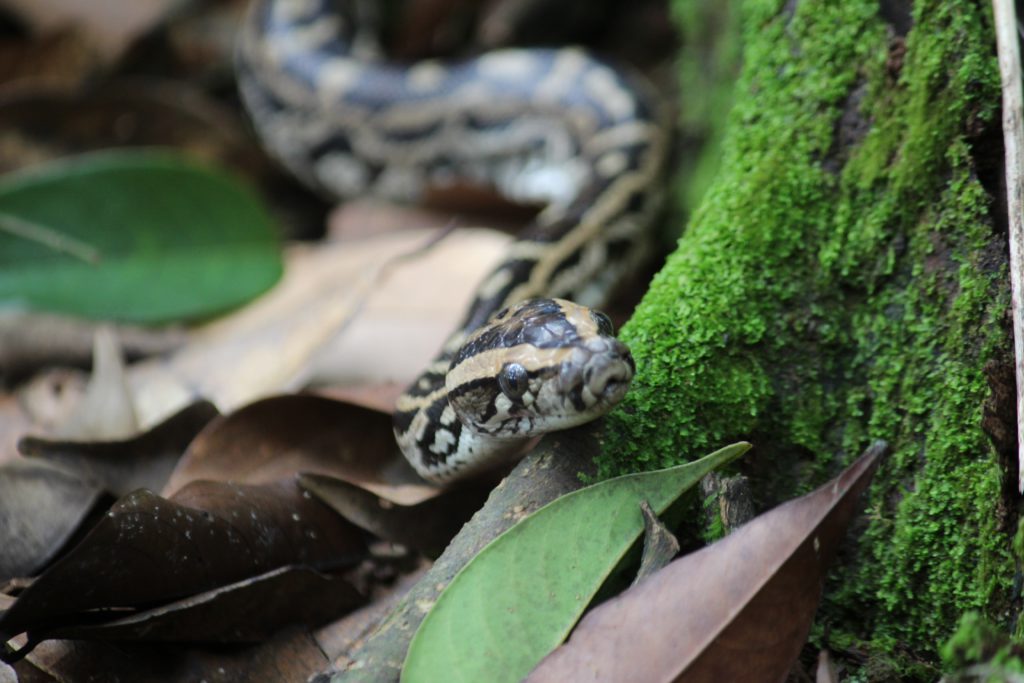
Burmese pythons traveled from Asia to South Florida during the height of the exotic pet trade in the 1980s. Since Hurricane Andrew destroyed a Burmese python breeding facility in Miami in 1992, the snakes have infiltrated the 1.5 million acres of subtropical swamp habitats.
As if the unwarranted release wasn’t enough, many snake owners free their Burmese pythons into the wild when they’ve grown too large to manage at home. Female pythons can lay 50-100 eggs annually and have few known predators in the area, so they’ve survived and flourished.
Scientists have discovered the snakes’ impact on native species at Everglades National Park. As python populations have increased, there’s been a 99.3% decline in raccoons, a 98.9% decrease in possums and an 87.5% drop in bobcats. Smaller species like marsh and cottontail rabbits have also disappeared.
Of course, Burmese pythons aren’t the only former pets in the Everglades. About 85% of the 140 invasive reptiles and amphibians were introduced to Florida through the pet trade.
The Impacts of Domesticated Pets on Local Habitats
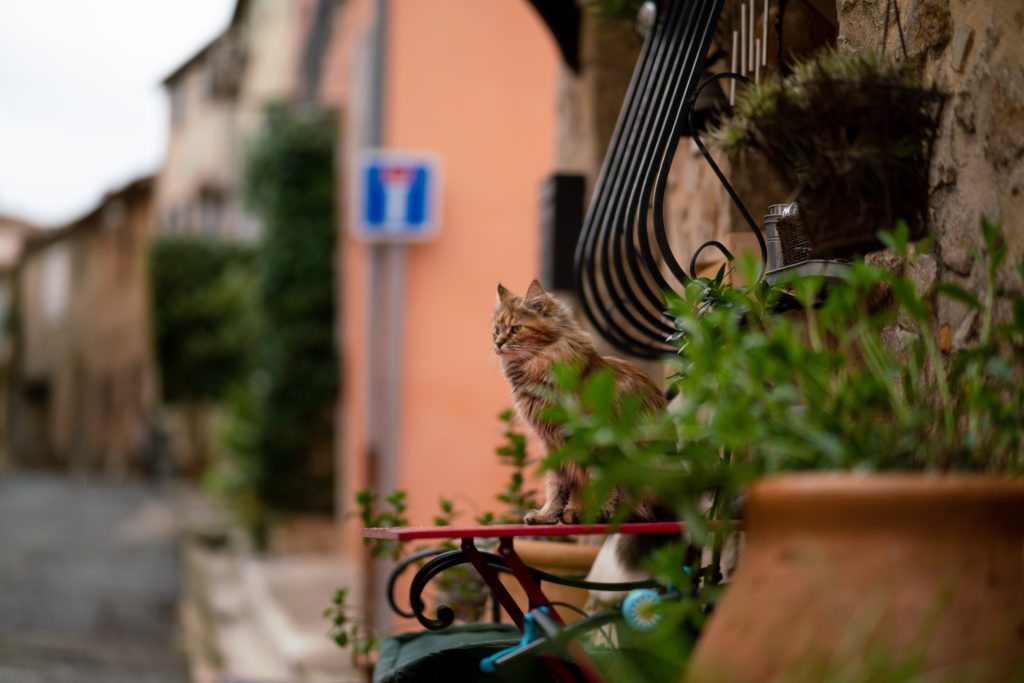
Releasing snakes into the wild is obviously detrimental to local habitats — but how about your leashed pet? Surely, they have less of an impact, right? Sadly, dogs and cats pose their own risks to ecosystems. Nearly 200 species are threatened by dogs globally, some of which are critically endangered.
Although domesticated dogs have evolved into avid chasers over pack killers, animals may still perceive dogs as predators, scaring them and disturbing their habitat utilization.
Additionally, canine urine and feces cause soil fertilization at a rate of 11 kilograms (kg) of nitrogen and 5 kg of phosphorus, respectively. These amounts significantly affect biodiversity and proper ecological function — a primary reason picking up after your dog is crucial.
Some pet owners might think flushing feces and pet hair down the toilet is perfectly fine. However, doing so could cause a backup in your septic tank or sitting wastewater in your backyard habitat.
Free-roaming domestic cats also harm local wildlife. One study suggests that 50%-80% of owned cats prey on mice, rabbits, birds, voles and squirrels, among other mammals. They have also been known to hunt amphibians and reptiles. In the United States, domestic cats kill about 1.3 billion-4 billion birds and 6.3 billion-22.3 billion mammals annually.
How to Protect Local Habitats From Your Pet
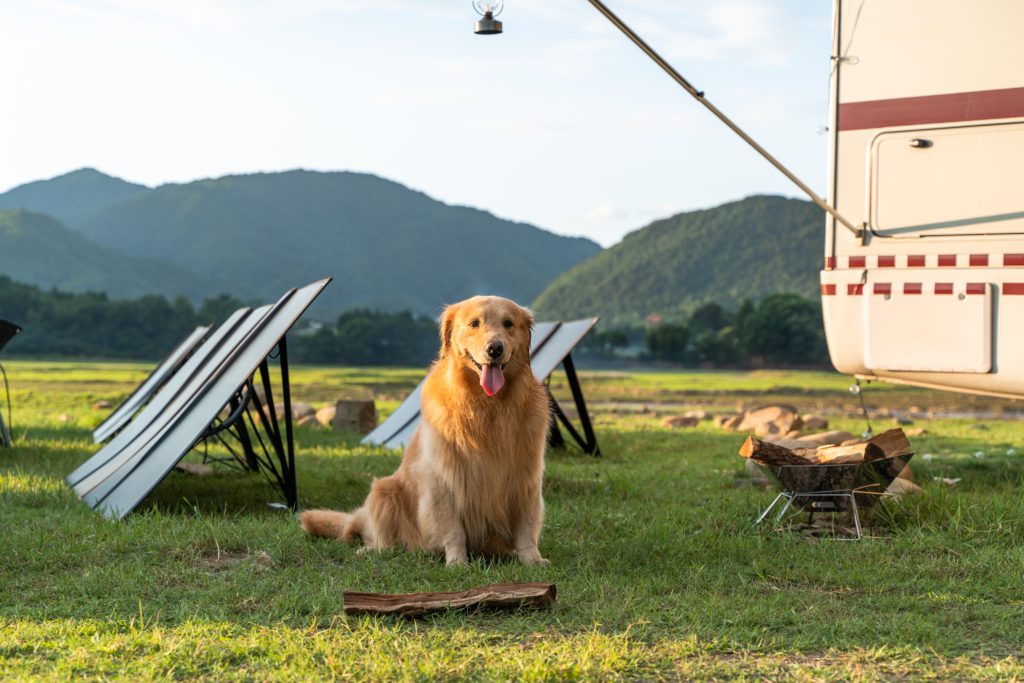
You can prevent your cat from preying on wildlife by keeping them indoors. An indoor cat lives 10-15 years, as opposed to a free-roaming cat’s 2-5-year life span.
Properly disposing of dog waste will also help protect local habitats. Rather than flush feces down the toilet or not clean up after your dog at all, purchase sustainable poop bags and dispose of them in the trash.
Training your dog to stay off restricted trails and by your side during walks will also reduce the ecological impacts of canine presence — this is especially important during breeding seasons.
Other things you can do to keep local habitats safe from your pet include the following:
- Avoid flushing dead or live fish down drains — they’ll end up in aquatic ecosystems they don’t belong
- Return unwanted reptiles and amphibians to a pet store instead of releasing them in the wild
- Always keep your dog on a leash
- Properly dispose of pet hair in the garbage after brushing
- Avoid littering, such as leaving poop bags behind on the ground
- Never remove wildlife from natural habitats to domesticate them
Following these recommendations will keep your pet and local habitats safe — which should be the ultimate goal of every pet owner.
Safeguarding Local Habitats Is Responsible Pet Ownership
If you’re going to own a pet, you must do all you can to protect local habitats. Even innocent barking can spook native wildlife and disrupt ecological processes. Protect the surrounding environment by adopting sustainable pet practices and being proactive about your companion animal’s presence in various ecosystems.
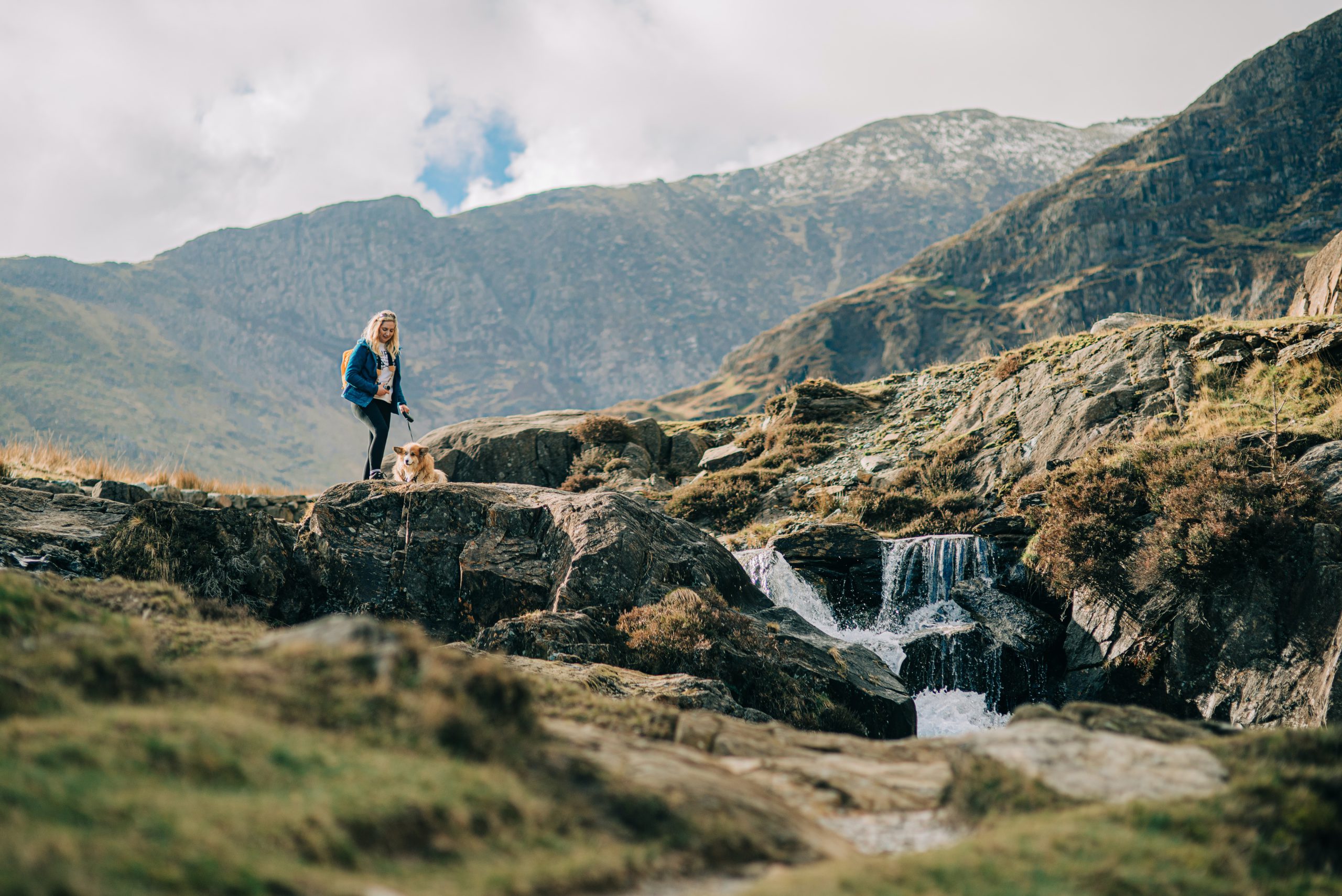


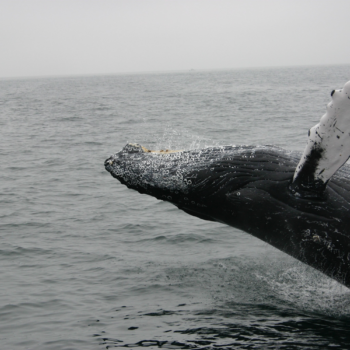
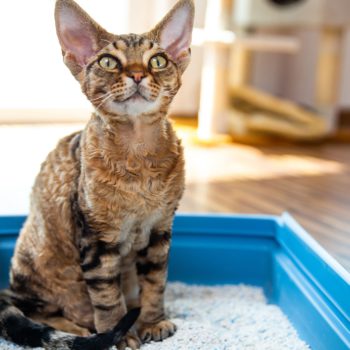
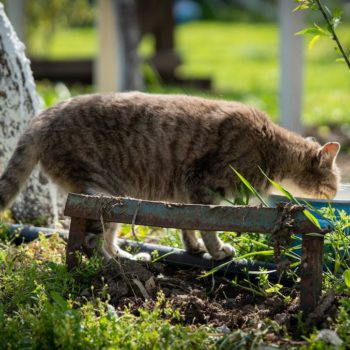
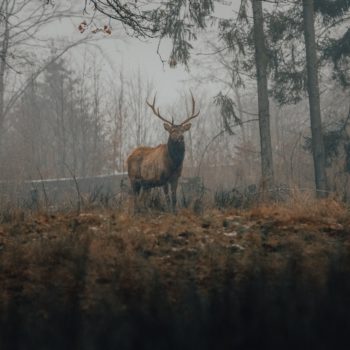

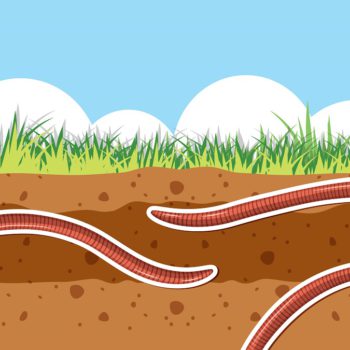


No Comments